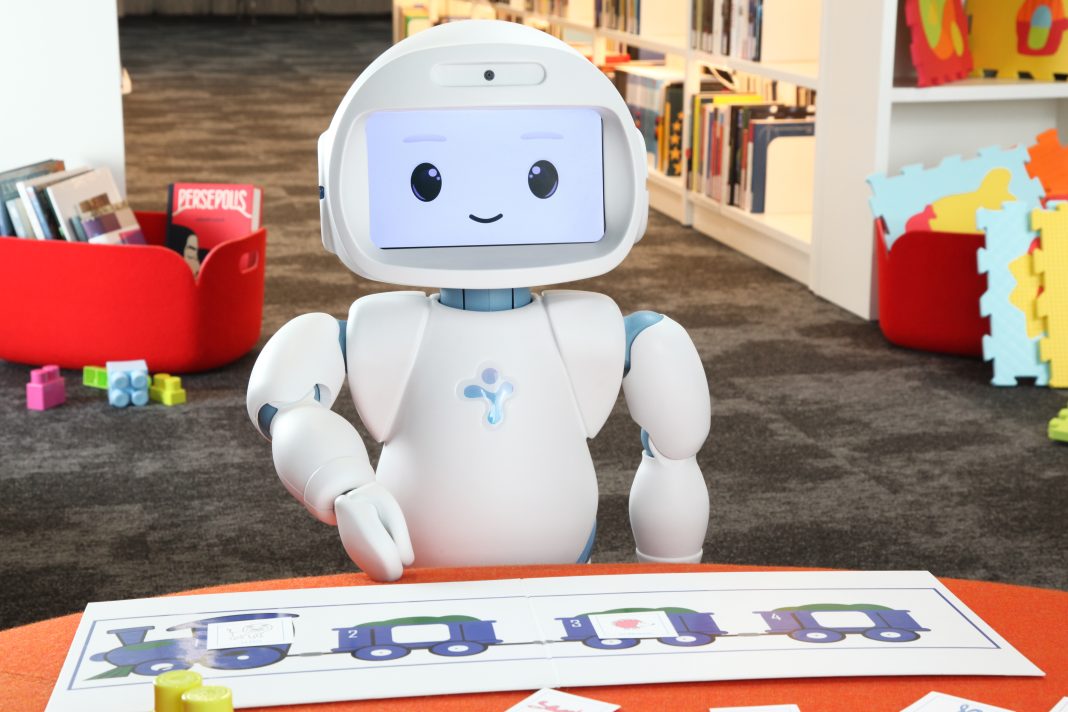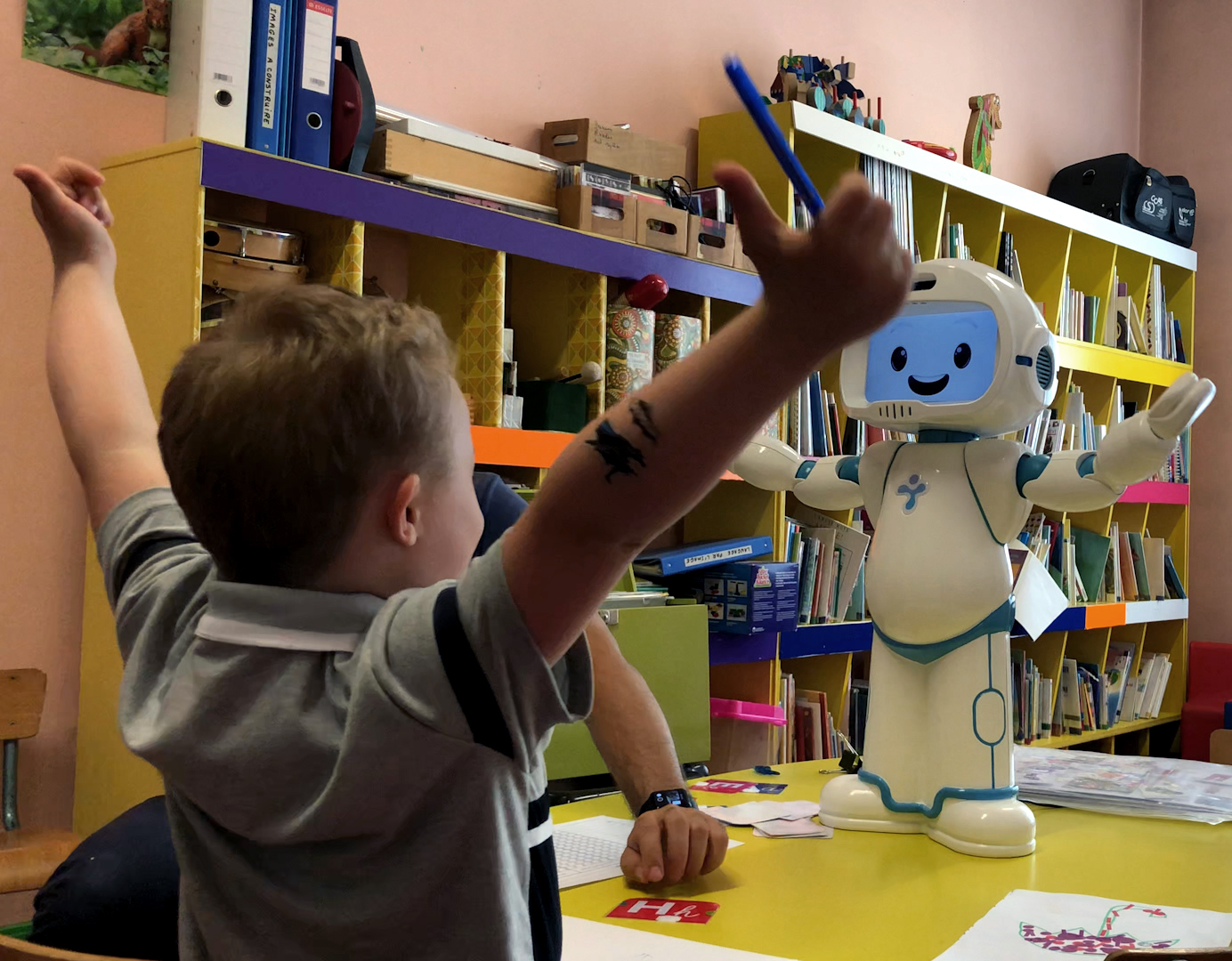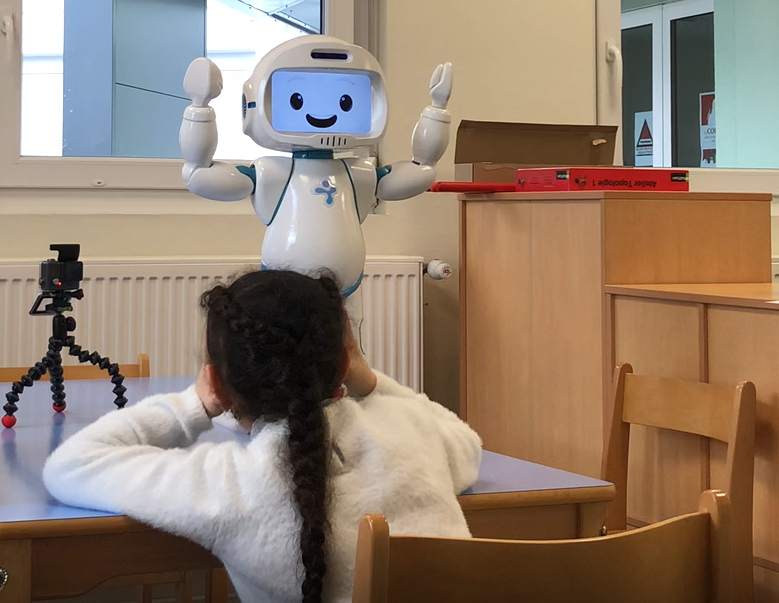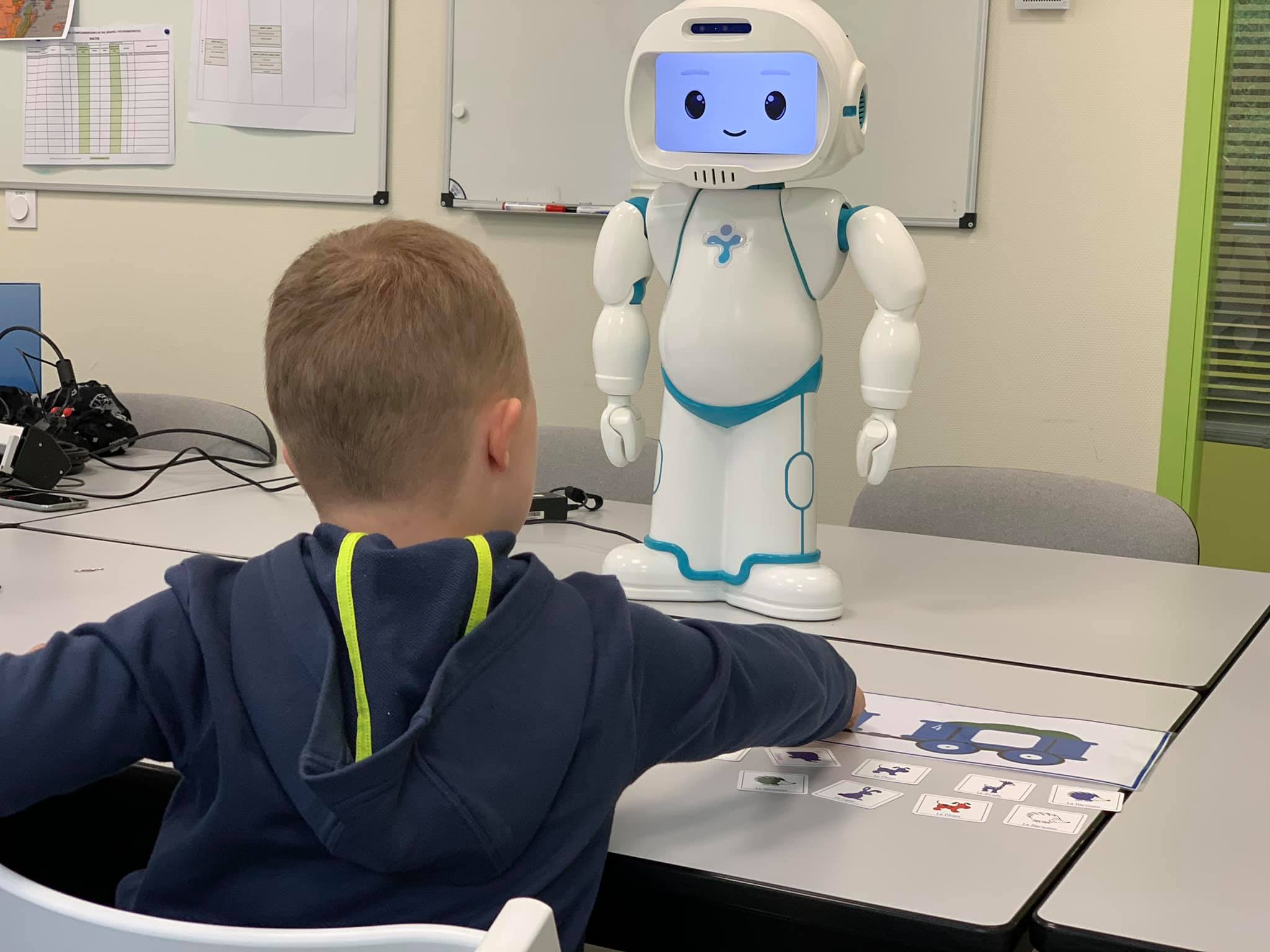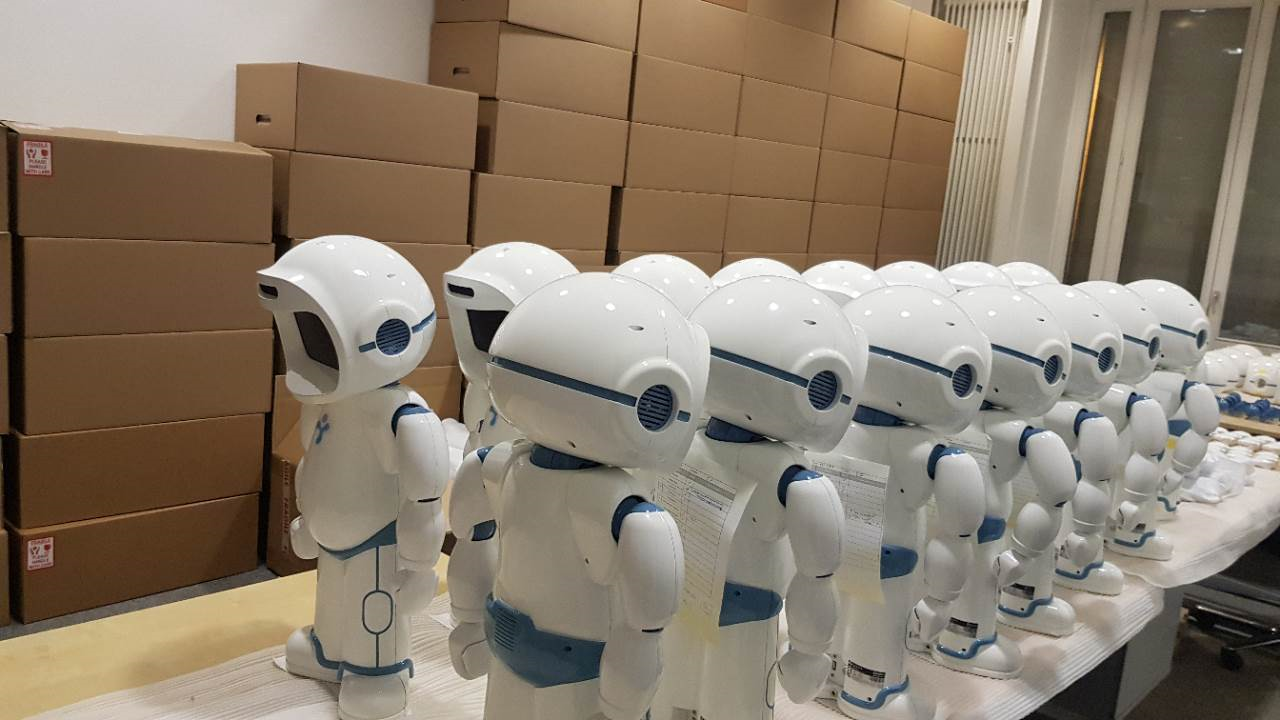LuxAI, which began as spinoff at the SnT/University of Luxembourg in 2016, specialises in social robotics used in a variety of use cases. Its flagship and award-winning product, QTrobot, supports children with autism and other special needs by increasing their attention and reducing anxiety. Pouyan Ziafati shares more about LuxAI’s journey.
Pouyan Ziafati’s interest in robotics dates back to his childhood. When he was around 10 years old, computers were first arriving in his home country of Iran. After studying computer science in Iran, he received a competitive grant as a non-European to study within the EU. After a master’s in robotics, he landed at the University of Luxembourg to get his PhD in robotic software.
LuxAI began as a spinoff there in 2016, co-founded by Ziafati and Aida Nazari, a medical doctor who serves as the company’s COO. “Our focus has been on social robotics since the beginning,” Ziafati explains. “The idea was to optimise healthcare, education services using technology.”
Citing examples like Google Maps and Uber, Ziafati recognises the power of technology— to move from a simple idea to something with wide-reaching, transformational impact. “I think the reason LuxAI is so successful is that it works on an interesting topic… we built a very cute robot, QTrobot, and—just by its appearance—it makes people fall in love,” he says.
But beyond being loveable, QTrobot can be used by non-technical people, and it’s helping caregivers and educators support children with autism and special needs.
Development of LuxAI’s social robotics
Of course, QTrobot’s journey met some challenges along the way. After an initial and quick first prototype, it took about five years to reach mass production, the LuxAI co-founder and CEO explains.
The robots are produced in Luxembourg (with some small components sourced from other locations), allowing LuxAI to maintain quality and control over the manufacturing process. This is a rarity: China currently dominates the humanoid robot value chain, with approximately 56% of related companies based there, according to a February 2025 Morgan Stanley report.
“When you work on sensitive topics like special education, you like the system to work perfectly.”
QTrobot has a range of ever-expanding functionalities, including skeleton tracking, pose estimation, speech recognition and text-to-speech. But Ziafati is clear about the importance of human interaction in the context of special education and emphasises the need for a balanced approach between AI and human involvement. There’s a human-in-the-loop approach, he adds, in the special needs version of the robot, which involves caregivers providing feedback.
“When you work on sensitive topics like special education, you like the system to work perfectly,” Ziafati explains, adding that in cases where, for instance, a child pronounces something, it might not be perfect but it might be a good try or better than the previous attempt. “You don’t want the AI system to categorise this as negative and provide negative feedback. So in this kind of situation, our system is human-in-the-loop.”
There’s a tablet for the caregiver, and the caregiver provides feedback to the robot. “QT brings all the materials, personalises the learning, but it also asks for the help of the caregiver to provide the best feedback to the child,” he states, adding that this can also improve the interaction between caregivers and the child, even when the robot isn’t in this loop.
Future plans
QTrobot has already participated in a wide range of conferences, both in Luxembourg and abroad. At the time of writing, Ziafati said the team was preparing to participate in the UN’s AI for Good Summit, set to take place in Geneva, Switzerland, on 8-11 July.
LuxAI has its core team in Luxembourg but has also recently opened offices in the UK and the U.S., with new hires on the way. What started as a project at the University of Luxembourg now boasts customers in over 30 countries.
It also has an advanced AI robot which is on offer as a developer platform to research institutes like universities, which use it for other use cases, like elderly care, medical therapy, etc. For this version, there are several languages included. The main autism version is in English, with partial support in French, German and Italian, but Ziafati notes that in future there will be more comprehensive releases for additional langauges.
There’s also ongoing evolution in terms of quality, regulatory compliance and new features. Above all, Ziafati says the team is deeply motivated on a personal level, with feedback from parents and children helping them to be continuously dedicated to the work they’re doing.

